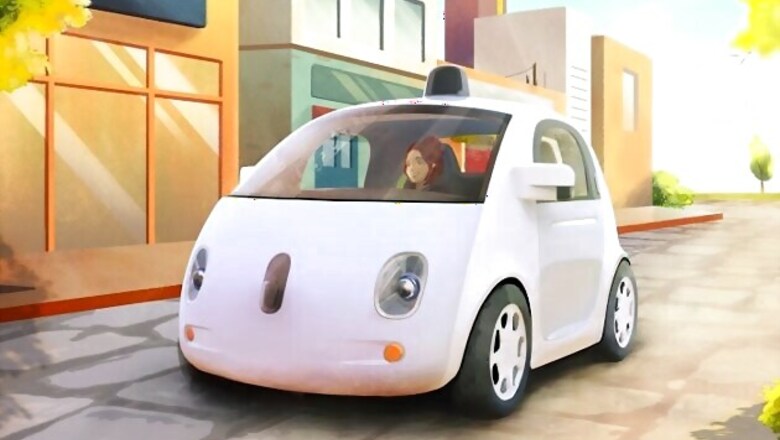
views
Google is pushing hard to bring cars driven by computers - not people - to market. To do so, the Silicon Valley giant persuaded states including California to pass laws explicitly legalising the still-emerging technology. After all, a basic premise of driving is that a person controls the vehicle.
Though California's rules will go into effect in June 2015, barriers remain to the widespread availability of the cars of the future, whether made by Google or traditional automakers.
Regulatory
California's Department of Motor Vehicles has until the end of the year to finalise rules for the public's use of driverless cars (there is a 180-day lag between then and when a car might be permitted to hit the road). That's plenty of time for regulators to include requirements that manufacturers consider onerous, and thus delay the debut of a driverless car. Safety is a paramount concern. How does the DMV know that a car's computers can't be commandeered by a hacker? More fundamentally, how does the DMV know that the car drives safely under a range of conditions?
Business
This week, Google said it plans to make 100 prototype driverless cars without steering wheels or pedals, and hopes to let select Californians use them once they have been tested for safety. But those cars have just two seats and max out at 25 mph. It's unlikely that Google will start mass producing full-sized driverless cars, at least not any time soon. While major automakers are accelerating the development of self-driving technology, none has publicly discussed the release of a fully driverless car before 2020.
Technological
So far, Google has taken Toyota Priuses and Lexus SUVs and outfitted them with cameras, radar and laser sensors, and computers - all to see and react to other cars, pedestrians and bicyclists. Those vehicles have driven more than 700,000 miles. In April, Google said it is starting to master the complications of city streets (initially, Google sent the cars along freeways, which are more orderly and thus easier to navigate).
But the cars are far from perfect. Google isn't fully confident they can drive themselves in rain or fog - and they've never driven in snow. They don't turn right on red. And they only can go on roads or freeways that Google has charted in far greater detail than the maps found on its public site.














Comments
0 comment